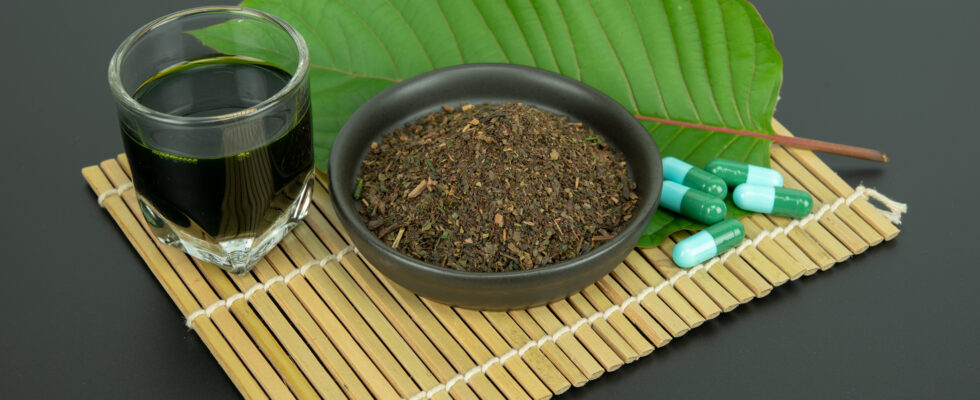The kratom trees of Southeast Asia contain chemicals that have psychotropic effects (altering the mind). Kratom leaves can be powdered, brewed into a tea, or extracted into an extract. A recent trend has led to an increase in interest in Kratom extracts. Substandard, fake, adulterated, or contaminated products are also becoming more popular due to the popularity of kratom. To get what you pay for and consume a safe product, consumers must educate themselves on how to assess the quality and authenticity of kratom extracts.
Color and texture
When inspected visually, pure, unadulterated kratom extract should have a uniform appearance and color. Be suspicious of products that seem excessively light or dark in color compared to a typical extract, or that do not have a smooth, consistent texture throughout. Popular varieties like 15x or 20x resin extracts have a very dark black or brown color and a glossy appearance. They are solid and breakable into small pieces like glass or dried tar. Powder extracts range from light brown to near black depending on the particular vein colors and extraction method used. Their powder should appear very fine and consistent, without any oddly colored specks or granules mixed in.
When an extract is labeled with one vein color (red, green, white), but its actual color differs, something is wrong. Unnaturally bright green or red hues indicate dyes or food coloring have been added to “enhance” the appearance. These additives are useless besides making up for inferior quality and tricking buyers.
Aroma and taste
A properly prepared kratom extract uses only purified water, food-grade solvents, kratom leaf powder, and sometimes citric acid during processing. It makes for a product with a pure, characteristic kratom aroma and flavor profile that is quite intense due to the higher concentrations of alkaloids. You should be able to detect distinct herbal, earthy, woody, and bitter notes when smelling and tasting a quality extract. On the other hand, fake or impure products have chemical-like, perfumey, soapy, or salty smells that overpower the natural kratom essence. The taste also be oddly sweet, sour, or just plain strange instead of bitter. These are red flags that cheaper, potentially hazardous ingredients were used. Vaping impure extracts could be very unsafe.
Potency testing
One useful way to help verify the legitimacy of a kratom extract’s labeled potency is by dissolving a small sample amount into warm water and trying it orally. An authentic 20x resin extract, for example, will produce effects like taking 20 times your normal plain leaf dose once the extracted matter has dissolved. This type of rough bioassay testing with typical doses gives you an idea of what you have containing kratom alkaloids at the expected concentrations. By starting cautiously with test doses, you minimize risks from taking larger amounts of a questionable extract of unknown actual potency. Be very suspicious of extracts that seem weak despite their advertised ratio. This likely means inferior techniques or bogus labeling. Don’t solely rely on visual appearance to gauge potency levels.


